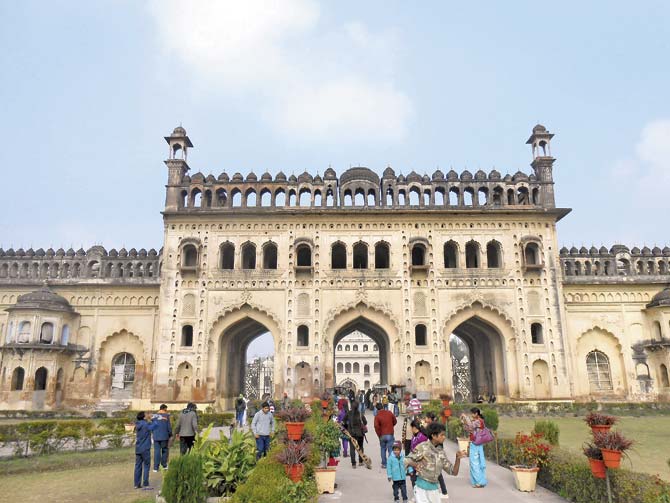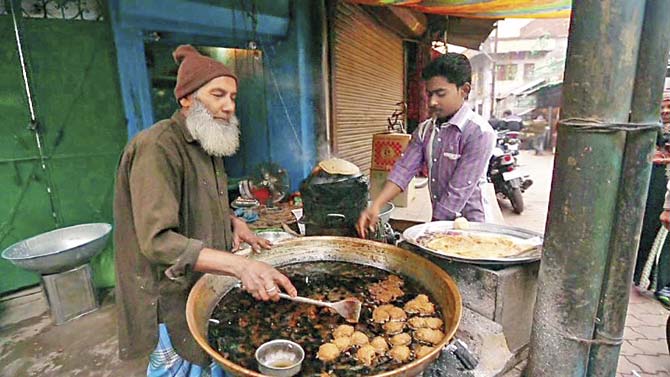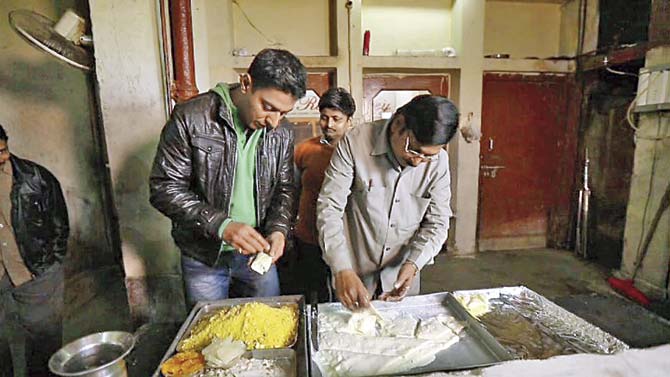Chef Ranveer Brar, who is deeply passionate about his hometown, Lucknow, lets us in on its yummiest gastronomical delights and unique treasures, that only a resident would know of

 Having been born and raised in Lucknow, almost all my childhood memories are embedded in the city. Growing up in the outskirts, I remember the city as being filled with greenery and simplicity.
Having been born and raised in Lucknow, almost all my childhood memories are embedded in the city. Growing up in the outskirts, I remember the city as being filled with greenery and simplicity.
ADVERTISEMENT
Whether it was the imli tree-lined estates in ‘Cantt’ (Lucknow Cantonment) where I learnt to climb trees, or the jamun trees in our farms near Mohanlal Ganj (that caused many a stain on my clothes as proof of theft), or the mango orchards where summer fun and spider-bites came together, Lucknow was green, simple and joyful.
Also read: Why cricketer Robin Uthappa bats for his hometown Coorg

Later, I was exposed to Old Lucknow’s addas and culture, courtesy high school friends. It’s here that I started appreciating and experiencing the city and its roots beyond the occasional Imambara picnics and the school-sponsored “hygienic” city tours. It’s then that Lucknow started shaping up in my eyes, which, in turn, shaped me.

I ran away when I was 17, and stayed with Munir Ustad, a roadside snack vendor in Lucknow, so, I could learn cooking and convince my parents that I really want to become a chef. It’s the raw passion that the old, seasoned street cooks of Lucknow exhibited that was the key in me making food my partner for life. What pulled me towards Munir Chacha was his deeply infectious passion towards Lucknowi cuisine.

What started as a teenager wanting to do his own thing took a deeper and meaningful turn during my stay with Munir Ustad. The heritage of Lucknow lives on in the people and their nostalgia for ‘Sham-e-Awadh and Shaan-e-Awadh’. Food is a major part of this heritage and nostalgia.

(Clockwise from top) Nihari with Haji Zubair Ali at Akbari Gate; Bada Imambara; Balai Paan at Ram Asrey Chowk, street fare in the lanes of Lucknow
Older spaces, people and food evoke an emotion of respect for the roots and yet, there is a certain lightness about all of it. Lucknow has given me the conviction that passion and integrity are the only considerations that matter when it comes to food. It has instilled a belief and pride in the power of culinary legacy and the fact that we need to know where we are coming from to know where we are headed.
Food finds
Rahim ki Nihari, at Akbari Gate Chowk, for the Nihari and Kulcha. It’s a commoner’s breakfast that has made it big. Ask for Haji Zubair and all his ‘kissas’. Idris Biryani, opposite Patanala Chowki, for the most awesome Biryani (Abu Bakr, the third generation owner, now believes it’s a pulao that has been misrepresented as Biryani).
Lalla Biryani, Chaupatiya Chowk, for completing the Biryani pilgrimage. Pahalwan Lassi, Nazirabad, for the Khade Chammach waali lassi experience (a spoon dipped in the thick lassi that actually stands). Ram Asrey, Ban Wali Gali, for their Balai Gilori, an art near-extinct where sheets of long cooked malai are taken off and wrapped around a saffron “misri” (sugar lump).
An unnamed shop outside Hanuman Mandir in Chowk for Kali Gajar Halwa, which is a winter delicacy Hussaini Hotel, behind Odeon Cinema, Lalbagh, for the Ishtu, a stew made the Indian way. Gol Darwaza for the Nimish, the makhan malai of Lucknow, available only in the winters. Kashmiri Chai, a pink tea savoured with Kagazi Samosa (a wafer-thin taftan or flour bread), available across the city.
 Subscribe today by clicking the link and stay updated with the latest news!" Click here!
Subscribe today by clicking the link and stay updated with the latest news!" Click here!






